Upcycle Old Toys into DIY Home Decor
Have you ever looked at a pile of old toys and thought, "What on earth am I going to do with these?" Well, you're not alone! Many of us have childhood treasures tucked away, gathering dust in the attic or basement. Instead of letting them fade into oblivion, why not upcycle them into stunning home decor? This article explores creative ways to transform old toys into unique decor items that reflect your personality and style. Upcycling is not just a trend; it’s a fantastic way to reduce waste, unleash your creativity, and add a personal touch to your living space. So, roll up your sleeves, grab those forgotten toys, and let's dive into the world of DIY home decor!
Upcycling toys offers a myriad of benefits that go beyond just aesthetics. First and foremost, it significantly reduces waste. By repurposing items that would otherwise end up in landfills, you're making a positive impact on the environment. Additionally, upcycling allows for a level of creativity and personalization that store-bought decor simply can't match. Imagine transforming a once-loved toy into a striking centerpiece that sparks conversation! Plus, the satisfaction of creating something beautiful from what was once considered junk is immeasurable. You’ll not only enjoy the process but also feel a sense of accomplishment every time you see your handiwork displayed in your home.
Now that you’re excited about the possibilities, it’s time to choose the right toys for your upcycling projects. Not all toys are created equal when it comes to repurposing. Look for items that are sturdy and have interesting shapes or colors. Here are some tips for selecting the perfect candidates:
- Condition: Ensure the toys are clean and free from any toxic materials.
- Material: Consider the type of material—plastic, wood, or fabric—and how it can be transformed.
- Size: Think about where you want to display the final product and choose toys that fit the scale of your project.
Once you've sifted through your collection, you'll likely find a treasure trove of items just waiting to be revitalized.
So, what types of toys are ideal for upcycling? The options are endless, but let's explore a few popular categories that can easily be transformed into delightful decor:
Plastic toys are often colorful and versatile, making them perfect for various projects. Think action figures, toy cars, or even building blocks. You can create everything from vibrant wall art to quirky planters. The beauty of plastic is that it can be painted, glued, and arranged in countless ways! For example, you could glue toy dinosaurs onto a wooden board to create a fun and imaginative shelf that will surely grab attention.
Wooden toys bring a rustic charm that can enhance your decor's warmth and character. Classic items like blocks, puzzles, or even vintage toy trains can be transformed into stunning pieces. You might consider stacking wooden blocks to create a unique bookshelf or using a wooden toy car as a decorative accent on your coffee table. The natural beauty of wood adds an organic touch that complements various design styles.
Before you embark on your upcycling adventure, it's essential to gather the right tools and materials. Here’s a quick rundown of what you might need:
- Glue (hot glue gun or strong adhesive)
- Paint and brushes
- Sandpaper (for wooden toys)
- Sealant (to protect your finished projects)
- Basic crafting tools (scissors, pliers, etc.)
Having these items on hand will ensure that your creative process goes smoothly, allowing you to focus on bringing your vision to life!
Ready to get your hands dirty? Let's explore some fun step-by-step projects that will guide you through the upcycling process!
Creating a toy wreath is a delightful project that adds a playful touch to your home. To make one, gather your favorite small toys, a wreath base, and a hot glue gun. Start by arranging the toys on the base until you find a design you love. Once you’re satisfied, glue each piece securely. Hang your whimsical wreath on your front door or above your fireplace for a cheerful statement piece!
Transforming toys into a shelf is a fantastic way to showcase your creativity. Begin by selecting a sturdy base, such as a piece of wood or an old shelf. Attach toys like action figures or blocks to the base using glue, creating a unique pattern or design. Once you’ve secured everything in place, paint or stain the shelf to match your decor. This functional piece will not only hold your favorite books or plants but also serve as a conversation starter!
To maximize your upcycling success, consider these practical tips:
- Plan your project before diving in to avoid any surprises.
- Experiment with colors and textures to find what resonates with your style.
- Don’t be afraid to make mistakes; they often lead to the best creative solutions!
With these guidelines in mind, you're ready to embark on your upcycling journey and create stunning decor that reflects your personality.
Q: Can I upcycle any type of toy?
A: While many toys can be upcycled, it's best to avoid those with small parts that could pose choking hazards, especially if you have young children around.
Q: Do I need special skills to upcycle toys?
A: Not at all! Most projects require basic crafting skills. Just follow the instructions and let your creativity flow!
Q: How do I ensure my upcycled items are safe for my home?
A: Clean all toys thoroughly before starting. If you're using paint or sealants, ensure they are non-toxic and safe for indoor use.
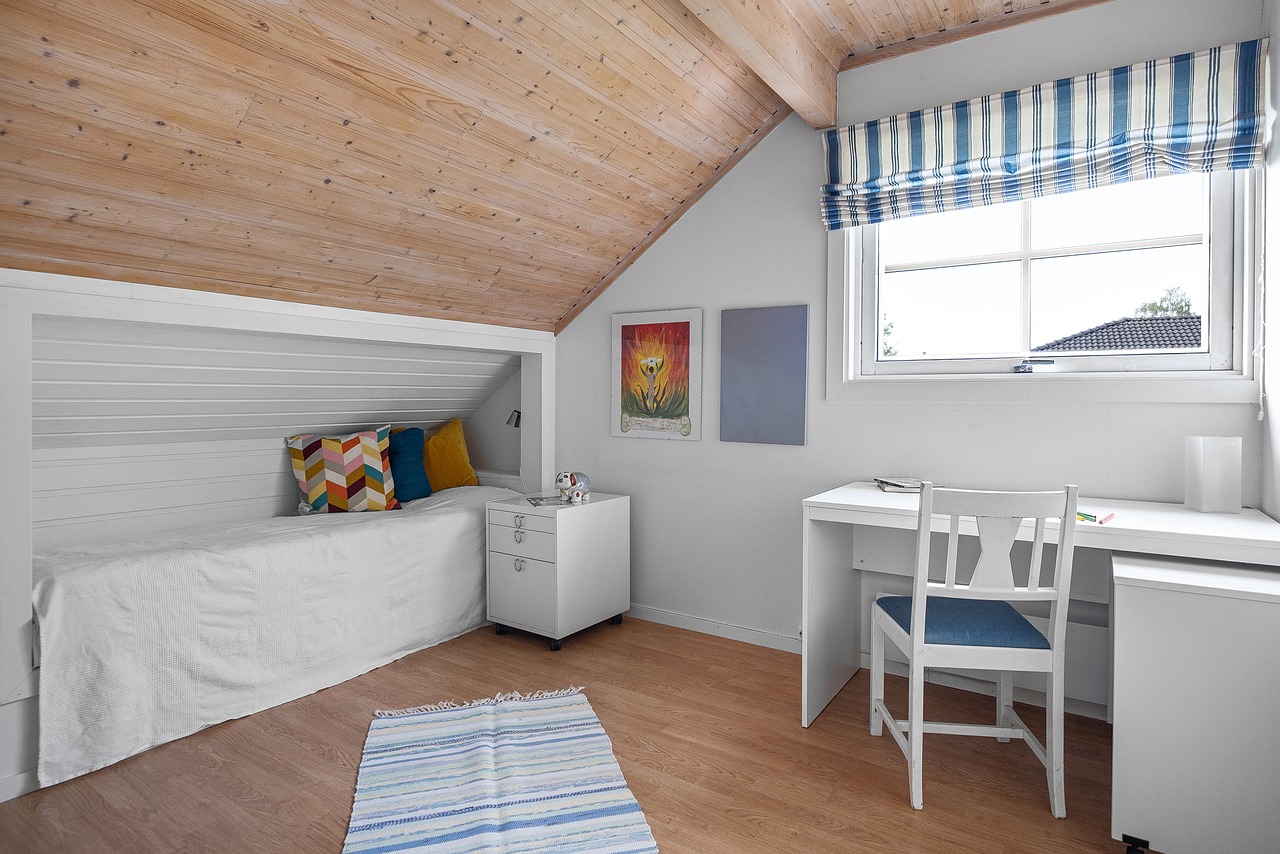
Benefits of Upcycling Toys
Upcycling old toys is not just a trendy pastime; it’s a powerful way to breathe new life into forgotten items while making a positive impact on the environment. Imagine turning a once-loved toy into a stunning piece of home decor that tells a story! This practice goes beyond mere recycling; it’s about creativity, sustainability, and personal expression. By choosing to upcycle, you are reducing waste and contributing to a more sustainable future. Every toy that you transform is one less item in a landfill, and that’s something to celebrate!
But the benefits don’t stop there. Upcycling allows for an incredible amount of creativity and personalization. Each project is unique, reflecting your style and preferences. For instance, a childhood teddy bear can become a cozy pillow or a set of colorful action figures can be transformed into vibrant wall art. The possibilities are endless! Not only do you get the satisfaction of creating something beautiful, but you also get to cherish the memories associated with those toys.
Moreover, engaging in upcycling projects can be a fulfilling DIY experience. It’s a chance to unleash your inner artist, experiment with different materials, and challenge your crafting skills. Whether you’re working alone or with family and friends, it’s a fun way to bond over creativity. Plus, you’ll likely find that the process is just as rewarding as the final product. You might even discover a new hobby that brings you joy!
Here are some key benefits of upcycling toys:
- Environmental Impact: Reduces waste and conserves resources.
- Cost-Effective: Saves money by repurposing items you already own.
- Creative Outlet: Encourages artistic expression and innovation.
- Personal Touch: Adds unique, personalized decor to your home.
- Bonding Experience: Offers a fun activity for families and friends.
In summary, upcycling toys is a multifaceted practice that merges creativity with sustainability. It’s a chance to honor the memories attached to those toys while making your home a little more special. So, gather those old toys and let your imagination run wild! You’ll be amazed at what you can create.

Choosing the Right Toys
When it comes to upcycling old toys, the first step is to choose the right ones for your creative endeavors. Not all toys are created equal, and some lend themselves better to transformation than others. Think of it like selecting ingredients for a gourmet meal; the right choices can lead to a delicious outcome! So, what should you be on the lookout for? Here are some tips to help you identify the perfect toys for your DIY projects.
First and foremost, consider the material of the toys. Toys made from plastic, wood, or even fabric can be transformed in unique ways. For example, plastic toys can be painted and glued to create vibrant decor, while wooden toys can be sanded and stained to showcase their natural beauty. It’s essential to think about how these materials can be manipulated to fit your home’s aesthetic.
Next, think about the condition of the toys. A toy that is broken or missing parts might still be perfect for upcycling! A few missing pieces can add character and charm to your decor. However, if a toy is too damaged or unsafe, it’s best to recycle it rather than attempt an upcycle. Always prioritize safety when working on DIY projects.
Additionally, consider the size of the toys. Larger toys can serve as statement pieces, while smaller toys can be used in clusters or as part of a larger project. For instance, a collection of small action figures can be turned into a playful centerpiece, while a large stuffed animal could become a cozy pillow or wall hanging. Think creatively about how the size of your chosen toys can influence your final design.
Finally, don’t forget to tap into your personal style! Choose toys that resonate with you, whether they’re nostalgic favorites from your childhood or quirky finds from a thrift store. The more connected you feel to the toys, the more meaningful your upcycled decor will be. Remember, this is your chance to express your individuality and creativity!
In summary, the right toys for upcycling are those that are made from suitable materials, are in good condition, fit your desired size for the project, and reflect your personal style. By carefully selecting your toys, you’ll set the stage for a successful and enjoyable upcycling experience. So, gather those old toys and let your imagination run wild!
Q: Can any toy be upcycled?
A: While many toys can be upcycled, it's essential to consider the material and condition of the toy. Toys that are broken or unsafe should not be used, while those made from plastic or wood often work best.
Q: Do I need special tools to upcycle toys?
A: Basic crafting tools like scissors, glue, paint, and a hot glue gun are usually sufficient for most upcycling projects. However, more complex projects may require additional tools.
Q: What are some easy upcycling projects for beginners?
A: Simple projects include making a toy wreath, creating a decorative shelf from toys, or turning small toys into unique planters. Start with something that excites you!

Types of Toys to Upcycle
When it comes to upcycling, the world of toys is your oyster! There are so many different types of toys that can be transformed into stunning home decor pieces. The key is to look at the toys you have with a fresh perspective and let your imagination run wild. From classic wooden blocks to colorful plastic figurines, the potential is endless. Let's dive into some of the most popular types of toys that can be upcycled.
Plastic toys are a fantastic option for upcycling. They come in vibrant colors and can easily be shaped and painted to fit your decor style. Think about those old action figures or toy cars that have been collecting dust. With a little creativity, they can become eye-catching decor items. For instance, you could create a whimsical mobile with hanging plastic toys or even turn them into a fun centerpiece for your coffee table. The possibilities are as vast as your imagination!
Next up, we have wooden toys. These timeless treasures offer a rustic charm that can enhance any room's aesthetic. Whether it's a set of old building blocks or a vintage toy train, wooden toys can be incorporated into your decor in various ways. You could sand them down and paint them to match your color scheme, or leave them as is to showcase their natural beauty. A wooden toy shelf can serve as both a functional storage solution and a unique display for your upcycled creations, adding character to your space.
Another category worth mentioning is stuffed animals. While they may seem less obvious for upcycling, they can be transformed into delightful home decor. For example, you could create a cozy pillow or even a quirky wall hanging. Just imagine a cheerful stuffed animal head mounted on the wall as a playful piece of art! The softness and texture they bring can add warmth to any room.
Don't forget about board games! Old game pieces can be repurposed into unique decor elements. You can use game boards as wall art or turn pieces into fun coasters or magnets. This not only gives new life to forgotten games but also sparks nostalgia and conversation among guests.
In summary, whether you're working with plastic, wood, fabric, or even paper, there are countless options for upcycling toys into decor. The key is to think outside the box and let your creativity shine. So, gather those old toys and get ready to transform them into something beautiful for your home!
Q: What types of toys are best for upcycling?
A: Almost any toy can be upcycled! Plastic toys, wooden toys, stuffed animals, and even game pieces can all be transformed into unique decor items. The best toys are those that inspire your creativity and fit your home’s aesthetic.
Q: Do I need special tools to upcycle toys?
A: While some projects might require basic tools like glue, scissors, or a paintbrush, many upcycling projects can be done with items you already have at home. Just be sure to gather your materials before starting!
Q: Can I upcycle toys with my kids?
A: Absolutely! Upcycling toys can be a fun and educational activity to do with your children. It teaches them about sustainability and creativity while allowing them to express their artistic side.
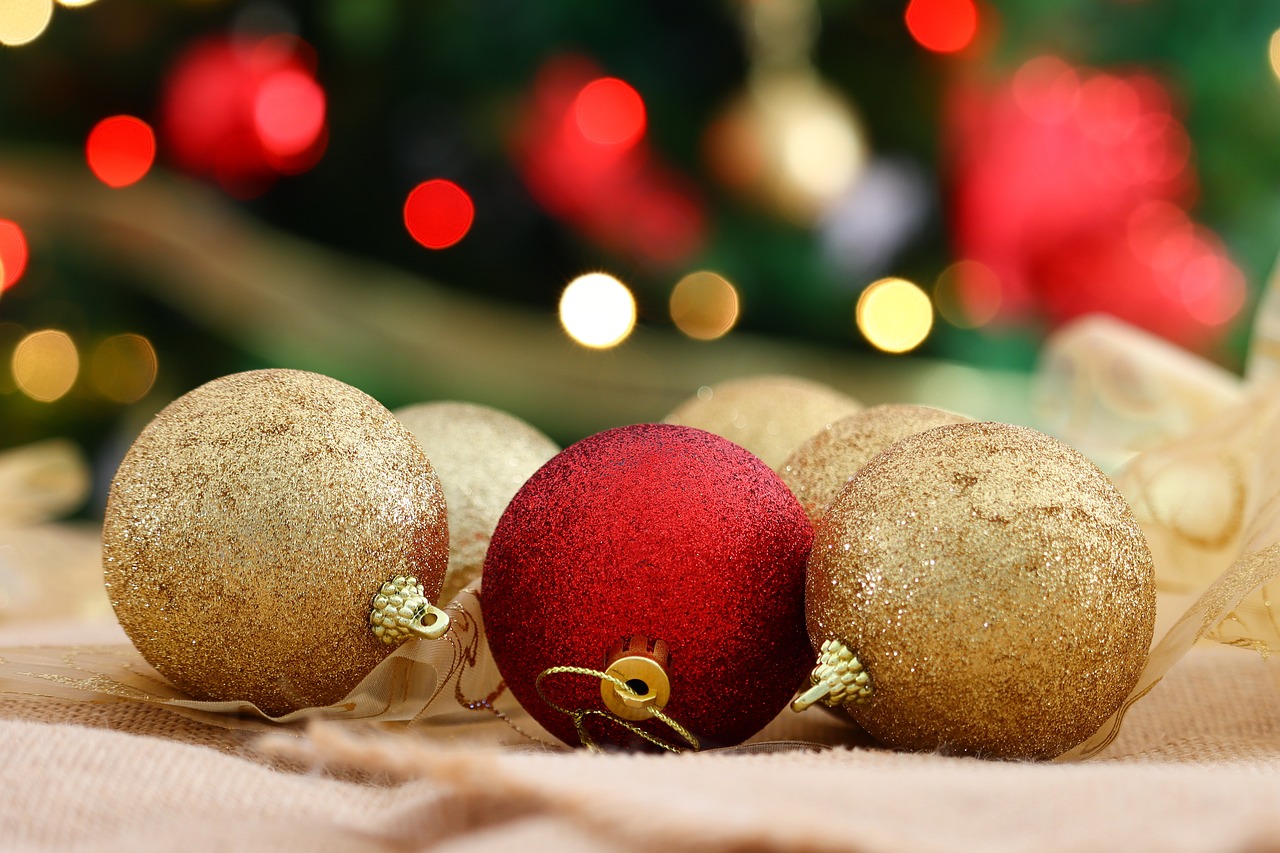
Plastic Toys
Plastic toys are everywhere, and they often end up cluttering our homes or, worse, in landfills. But did you know that these colorful, often whimsical items can be transformed into stunning decor pieces? Upcycling plastic toys not only gives them a new lease on life but also adds a touch of creativity and personality to your home. Imagine turning a pile of forgotten action figures or toy cars into eye-catching decorations that spark joy and conversation!
One of the best things about plastic toys is their versatility. They come in various shapes, sizes, and colors, making them perfect for a wide range of DIY projects. For instance, you can create vibrant wall art by gluing small plastic toys onto a canvas, or even craft a unique lamp by attaching figurines to a simple lamp base. The possibilities are endless! Here are some innovative ideas to get your creative juices flowing:
- Colorful Planters: Use larger plastic toys, like dinosaurs or cars, as quirky planters. Just cut a hole in the top, fill it with soil, and add your favorite small plants.
- Framed Art: Arrange small plastic toys in a shadow box frame, creating a fun and playful piece of art that can brighten up any room.
- Garland Decorations: String together smaller toys to create a festive garland for parties or seasonal decor.
When working with plastic toys, it's essential to consider the materials and tools you'll need. A hot glue gun, paint, and some basic crafting supplies can go a long way in transforming these toys. Moreover, don’t be afraid to mix and match different types of toys to create a more eclectic look. For example, combining plastic toys with natural elements, like twine or wood, can add depth and contrast to your decor.
Lastly, remember that the process of upcycling should be fun! Don't stress too much about perfection; embrace the imperfections that come with creativity. Each piece you create will tell a story and reflect your unique style. So gather those old plastic toys, unleash your imagination, and start crafting decor that not only looks good but also feels good knowing you've contributed to a more sustainable world.
Q: What types of plastic toys are best for upcycling?
A: Generally, any plastic toy can be upcycled, but larger toys or those with interesting shapes tend to work best for creating decor items. Look for toys that can be easily manipulated or combined with other materials.
Q: Do I need special tools for upcycling plastic toys?
A: While basic crafting tools like scissors, glue guns, and paints are helpful, you don't need anything fancy. Most projects can be done with supplies you already have at home!
Q: Can I use broken toys for upcycling?
A: Absolutely! Broken toys can often be repurposed into unique decor items. For instance, you can use parts of broken toys to create mixed-media art or sculptures.
Q: How can I ensure my upcycled decor lasts?
A: To enhance durability, consider sealing your finished projects with a clear coat of spray or paint. This will protect them from dust and wear, ensuring they remain vibrant and beautiful for years to come.

Wooden Toys
Wooden toys are not just nostalgic remnants of childhood; they hold a certain rustic charm that can effortlessly enhance your home decor. The beauty of wooden toys lies in their natural grain, texture, and durability. When upcycled, they can become stunning decor pieces that tell a story and add warmth to any room. Imagine transforming an old wooden train set into a beautiful centerpiece for your coffee table or turning a set of colorful building blocks into a playful wall art piece.
Before diving into your upcycling project, it's essential to assess the condition of your wooden toys. Look for toys that are still sturdy and intact. Minor scratches or dents can add character, but if a toy is severely damaged, it might not be suitable for upcycling. Once you've selected your toys, the possibilities are endless. Here are a few creative ideas to get your imagination flowing:
- Wall Art: Arrange small wooden figures or blocks in a shadow box to create a unique piece of wall art.
- Table Centerpieces: Use larger toys, like wooden cars or animals, as eye-catching centerpieces for your dining or coffee table.
- Picture Frames: Glue wooden blocks around a mirror or photo to create a charming frame that showcases your favorite memories.
When working with wooden toys, consider using non-toxic paints or stains if you want to add some color. This way, you can customize your decor to match your home’s aesthetic while ensuring safety, especially if you have children or pets. Additionally, you can preserve the natural beauty of the wood by simply sanding it down and applying a clear coat finish. This approach not only highlights the wood's grain but also protects it from wear and tear.
Another fantastic idea is to create a wooden toy mobile for a nursery or playroom. By suspending various wooden shapes from a lightweight frame, you can craft a whimsical decoration that will captivate any child's imagination. The gentle sway of the toys will add a dynamic element to the room, making it feel lively and inviting.
In conclusion, upcycling wooden toys is not only a sustainable choice but also a creative outlet that allows you to express your personal style. Whether you're aiming for a rustic, modern, or playful look, these toys can be transformed into decor that resonates with your home's character. So, gather your old wooden toys, unleash your creativity, and watch as they evolve into beautiful pieces that bring joy and warmth to your living space.
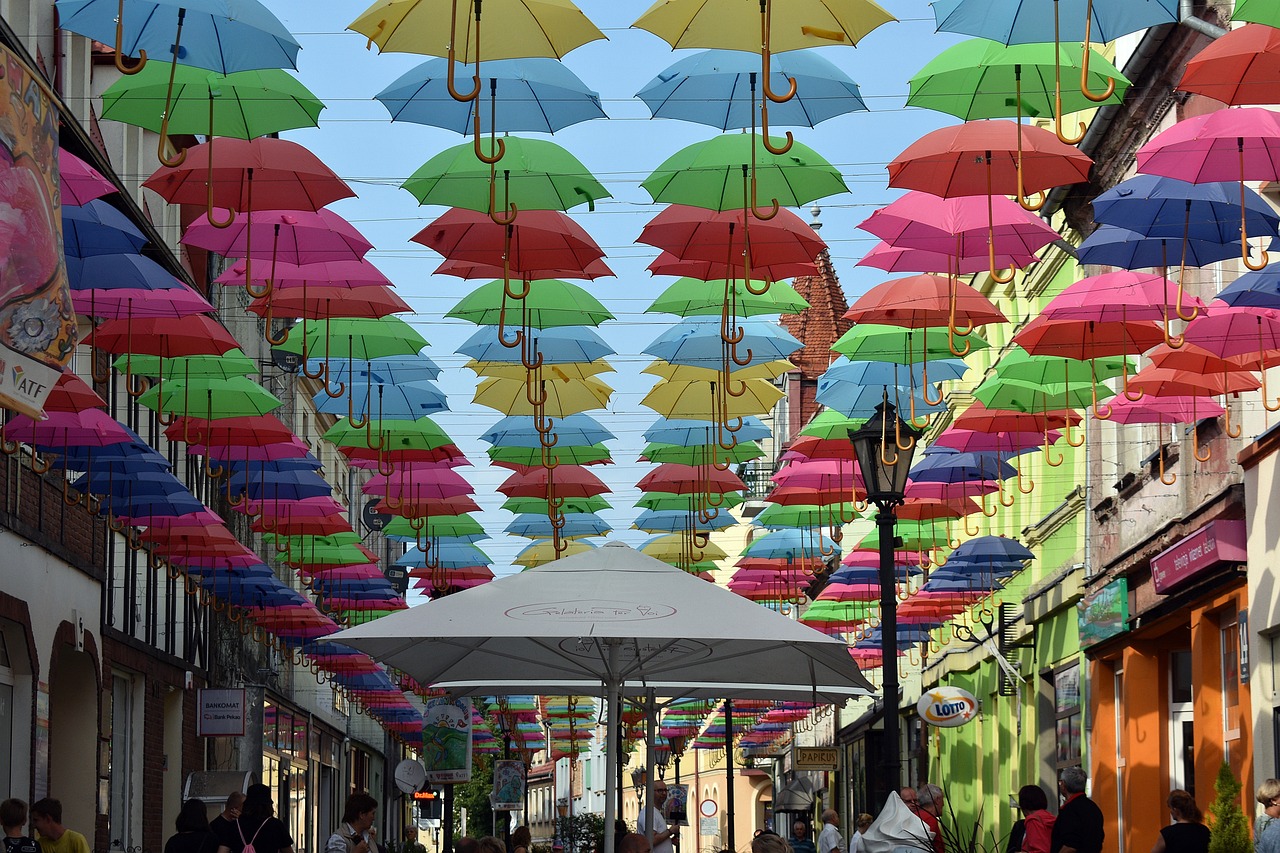
Tools and Materials Needed
Before diving into the exciting world of upcycling old toys, it's essential to gather the right tools and materials. This preparation phase not only sets the tone for your creative journey but also ensures that you have everything at your fingertips, making the process smoother and more enjoyable. Think of it as gathering your ingredients before cooking a gourmet meal; having everything ready allows you to focus on the fun part—creating!
First, let’s talk about the basic tools you’ll need. A good pair of scissors is a must, as they will help you cut through various materials with ease. If you're working with tougher items, such as wood, a small saw or a craft knife can be invaluable. Additionally, a hot glue gun is a game changer when it comes to assembling your projects, providing a strong bond that dries quickly. Don’t forget about paints and brushes; these will allow you to add color and personality to your upcycled pieces.
In terms of materials, the toys you choose will dictate what else you might need. For example, if you're transforming plastic toys, you might want some acrylic paint to give them a fresh look. On the other hand, wooden toys can be enhanced with wood stain or varnish to highlight their natural beauty. You can also incorporate other materials like ribbons, fabric scraps, or even small decorative items to add that personal touch to your decor.
Here’s a quick overview of the essential tools and materials you might consider:
| Tool/Material | Purpose |
|---|---|
| Scissors | Cut through various materials |
| Hot Glue Gun | Assemble pieces securely |
| Acrylic Paint | Add color to plastic toys |
| Wood Stain/Varnish | Enhance wooden toys |
| Craft Knife | Make precise cuts |
As you gather your tools and materials, remember that the beauty of upcycling lies in its creativity. Don’t be afraid to experiment with what you have on hand. Old buttons, fabric scraps, and even discarded household items can find new life in your projects. The key is to let your imagination run wild and enjoy the process of turning old toys into something entirely new and fabulous!
- What types of toys are best for upcycling? Look for toys made from durable materials like plastic and wood. Action figures, blocks, and even stuffed animals can all be transformed into unique decor items.
- Do I need special skills to upcycle toys? Not at all! Most upcycling projects are beginner-friendly. Just follow the instructions, and you'll be surprised at what you can create.
- Can I upcycle toys with my kids? Absolutely! Upcycling is a fantastic family activity that encourages creativity and teamwork.
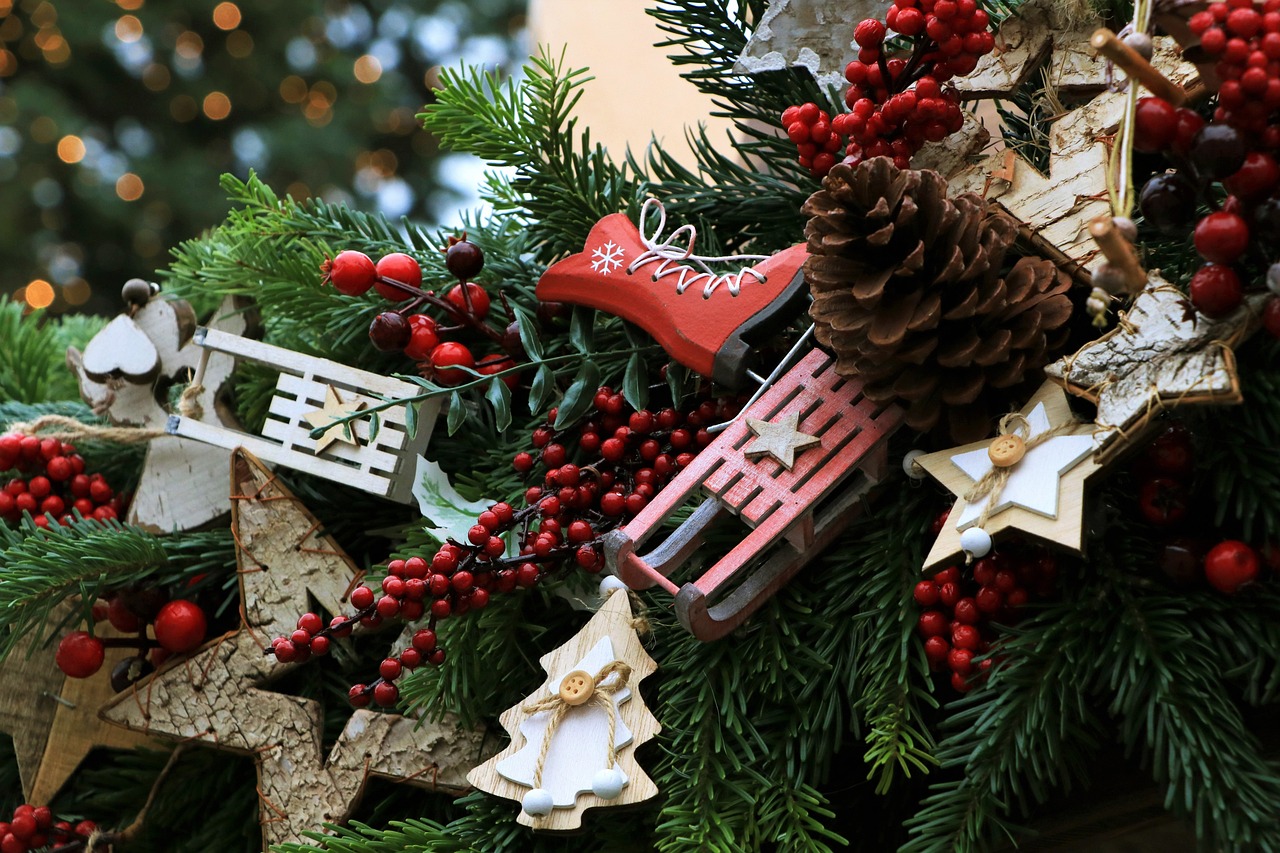
Step-by-Step Upcycling Projects
Engaging in upcycling projects can be an incredibly rewarding experience, allowing you to breathe new life into old toys while adding a personal touch to your home decor. Whether you're a seasoned DIY enthusiast or just starting out, these step-by-step instructions will guide you through the process of transforming your forgotten toys into stunning decor pieces. Let’s dive into two exciting projects that are sure to spark your creativity!
Creating a toy wreath is not just a fun project; it's a fantastic way to add a whimsical touch to your home. Picture this: a vibrant circle of your favorite childhood toys adorning your front door or wall. To craft this delightful piece, you'll need a few essential materials:
- Old toys (think action figures, small cars, or even plush toys)
- A wreath base (you can use a foam or wire wreath form)
- Hot glue gun and glue sticks
- Spray paint (optional, for a uniform look)
- Ribbons or embellishments for added flair
Start by deciding on a color scheme. If you want to keep it playful, go for a mix of bright colors. If you prefer a more cohesive look, consider spray painting your toys in a single color. Once your toys are prepped, use the hot glue gun to attach them to the wreath base, arranging them in a way that showcases their unique shapes and colors. Don’t be afraid to layer and overlap for a fuller look. Finally, add ribbons or other embellishments to complete your masterpiece. Hang it proudly and watch as it becomes a conversation starter!
Transforming toys into a shelf is a brilliant way to combine functionality with creativity. Imagine a shelf that not only holds your books but also showcases your upcycled toys as decorative elements. To get started, gather the following materials:
- Old wooden blocks or sturdy plastic toys
- A wooden board for the shelf
- Wood glue or screws
- Sandpaper (if using wooden toys)
- Paint or wood stain (optional)
Begin by determining the size and shape of your shelf. Cut the wooden board to your desired dimensions, then sand the edges for a smooth finish. Next, arrange your toys on the board to decide on the layout. Once you're happy with the arrangement, secure the toys using wood glue or screws, ensuring they are firmly attached. If you’re using wooden blocks, you might want to paint or stain them to match your decor. After everything is dry, mount the shelf on your wall, and enjoy your unique blend of function and art!
Q: Can I use any type of toy for upcycling?
A: While you can get creative with almost any toy, it's best to choose those that are sturdy and can withstand some wear and tear. Toys made from plastic and wood are generally the easiest to work with.
Q: Do I need any special skills to upcycle toys?
A: Not at all! Most upcycling projects are beginner-friendly. Basic crafting skills and a bit of creativity are all you need to get started.
Q: How do I ensure my upcycled decor is safe for children?
A: If you’re creating decor for a child’s room, make sure to securely attach all parts and avoid using small pieces that could pose a choking hazard. Always prioritize safety!
Q: Where can I find old toys for upcycling?
A: Great places to find old toys include thrift stores, garage sales, or even your own attic! You might be surprised at what treasures you can uncover.
Now that you have the tools and inspiration to start your upcycling journey, let your creativity run wild! Remember, the goal is to have fun and express your unique style through these imaginative projects.
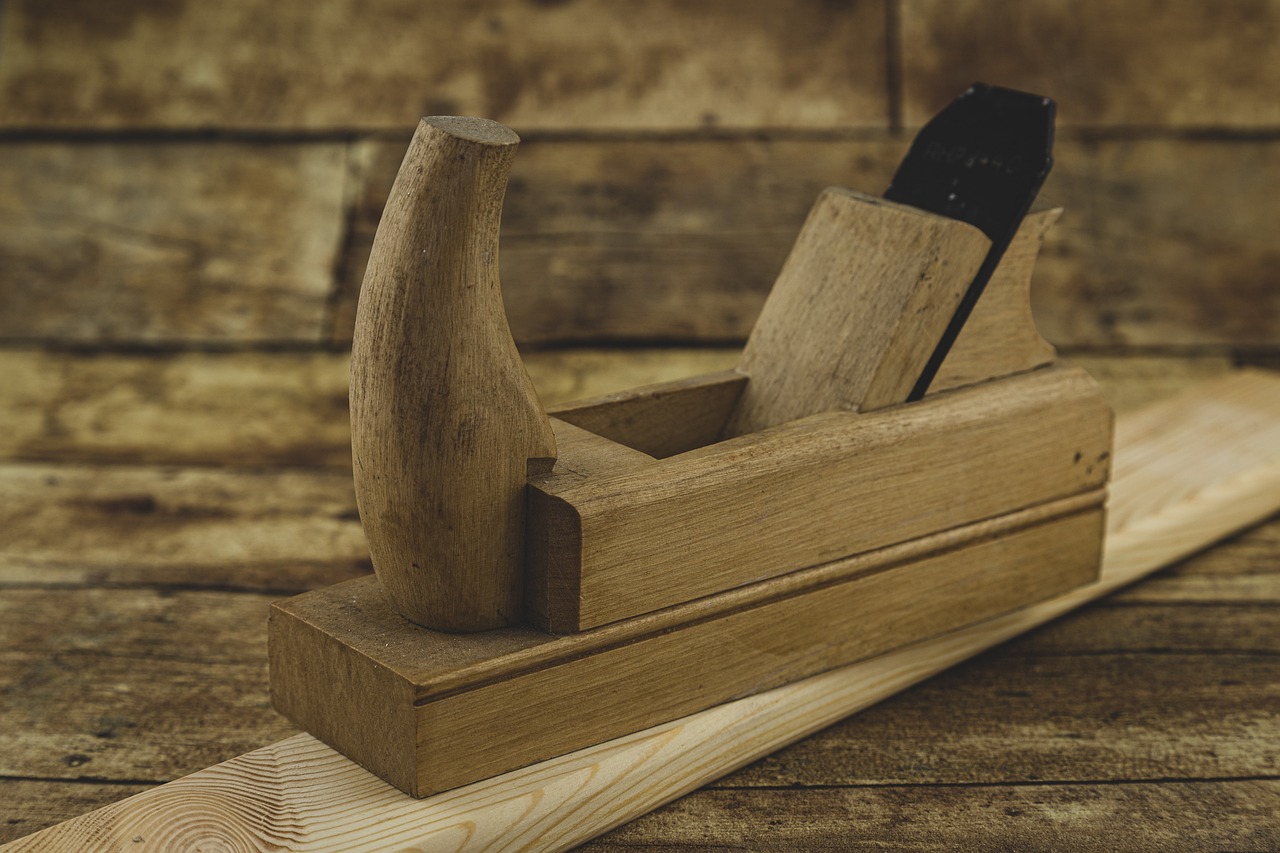
Making a Toy Wreath
Creating a toy wreath is not only a fantastic way to breathe new life into old toys, but it also adds a whimsical touch to your home decor. Imagine walking into your living room and being greeted by a vibrant, playful wreath made entirely from toys that once sat forgotten in a box. This project is perfect for those who want to embrace their creativity while also showcasing their personality through unique decor. Plus, it’s an excellent conversation starter!
To get started, gather your materials. You'll need a sturdy wreath base—this could be made from foam, wire, or even a repurposed cardboard circle. Next, collect an assortment of old toys; think action figures, small cars, building blocks, or any other fun trinkets that can be glued or attached to the base. Don’t worry about matching colors or styles; the beauty of a toy wreath lies in its eclectic nature!
Once you have your materials, follow these simple steps to craft your wreath:
- Prepare Your Base: If you're using a foam wreath, you might want to wrap it in fabric or ribbon to give it a polished look. If you're using a cardboard base, consider painting it in a color that complements your toys.
- Arrange Your Toys: Before gluing anything down, lay out your toys on the wreath base to find the best arrangement. This part is all about creativity—mix and match different shapes and sizes until you find a layout that excites you.
- Secure the Toys: Once you’re happy with the arrangement, start gluing the toys to the base. Use a strong adhesive, like hot glue, and apply it generously to ensure they stay put. Be mindful of the weight distribution; heavier items should be placed strategically to avoid tipping.
- Add Finishing Touches: After all the toys are securely attached, consider adding additional embellishments like ribbons, faux flowers, or even small lights to make your wreath pop. This is your chance to personalize it even further!
Finally, hang your finished toy wreath on your front door, above your fireplace, or anywhere in your home that could use a splash of color and fun. Not only will it brighten your space, but it will also serve as a reminder of your creativity and resourcefulness. Plus, every time someone admires your wreath, you’ll have the perfect opportunity to share the story behind it!
Q: What types of toys work best for a toy wreath?
A: Almost any small toy can work! Popular choices include action figures, toy cars, building blocks, and even plush toys. Just make sure they’re not too heavy for the wreath base.
Q: Can I use new toys for the wreath?
A: Absolutely! While the focus is on upcycling, using new toys can add a fresh, vibrant look to your wreath. Just consider mixing them with some vintage pieces for a unique flair.
Q: How do I store my wreath when not in use?
A: To keep your wreath in good condition, store it in a cool, dry place away from direct sunlight. You can hang it on a wall or place it in a box with protective padding to prevent damage.
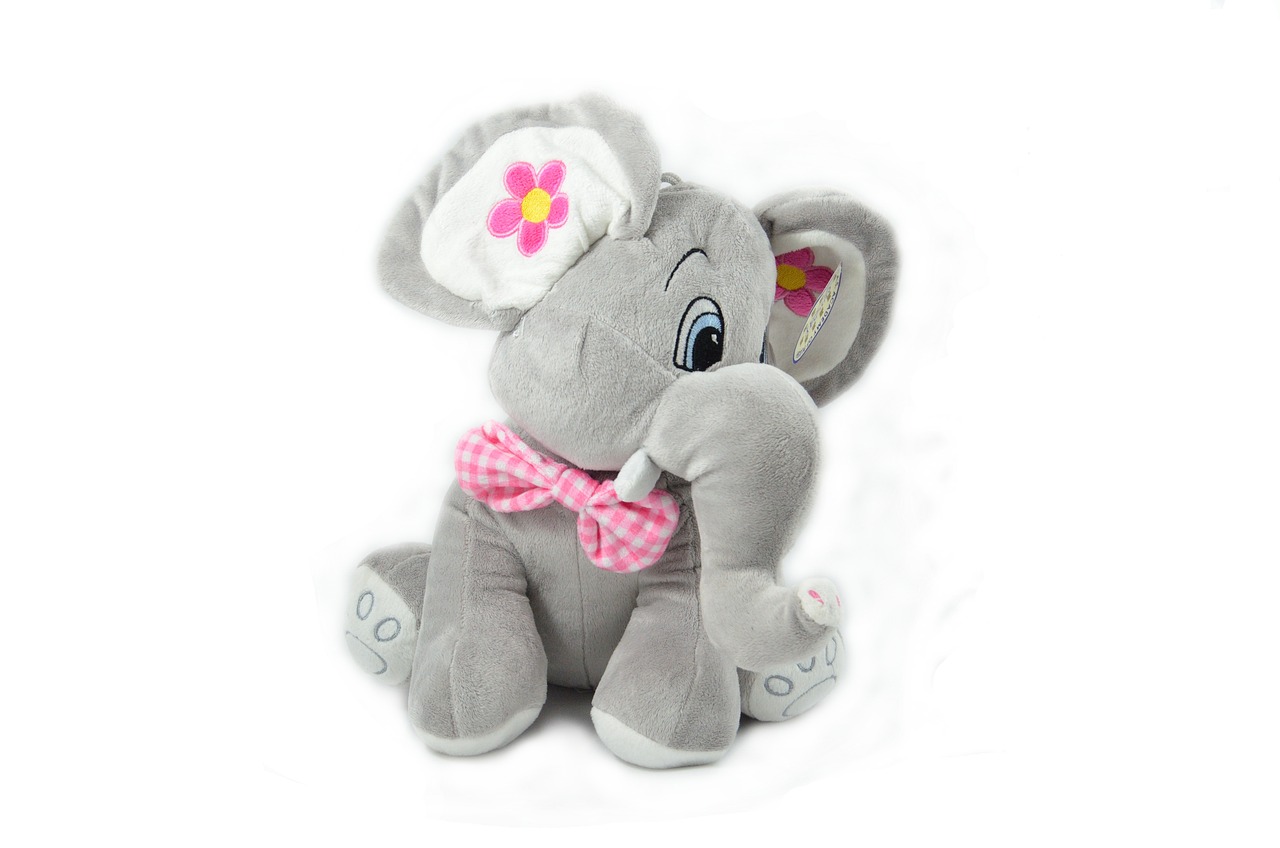
Building a Toy Shelf
Creating a toy shelf is not just about functionality; it's about bringing a piece of your childhood into your living space. Imagine a shelf that tells a story, showcasing your favorite toys while also serving as a unique decor element. The beauty of upcycling toys into a shelf lies in its ability to blend nostalgia with modern design. So, how do you go about building one? Let’s dive into the process!
First, you'll want to gather your materials. The foundation of your toy shelf will typically consist of wood, which can be sourced from old furniture or purchased at your local hardware store. You might also consider using sturdy cardboard for a lighter option. Next, gather your toys. Think about the toys that hold sentimental value or those that have vibrant colors and interesting shapes. Some great candidates include action figures, toy cars, and even plush toys. The key is to choose toys that can stand out and complement each other.
Once you have your materials, sketch out a design. You can create a simple rectangular shelf or get more creative with shapes like clouds or stars. When planning, consider the size of your toys and how they will fit on the shelf. A well-thought-out design not only enhances the aesthetic but also ensures that your shelf is practical. You might want to create a tiered effect, where larger toys are placed on the bottom and smaller ones on top, allowing each piece to shine without overcrowding the space.
Now, let's talk about assembly! If you're using wood, start by cutting your pieces according to your design. Sand the edges for a smooth finish, and then paint or stain the wood to match your decor. If you're working with cardboard, you can easily cut and fold it into your desired shape. Once your base is ready, it’s time to attach your toys. Use a strong adhesive or screws for wooden toys to ensure they stay put. For lighter toys, hot glue can work wonders. Arrange your toys in a way that creates visual interest—mix heights, colors, and textures for a dynamic look.
After assembling your shelf, don’t forget to add some finishing touches! Consider adding lights to highlight your display or painting the shelf in fun colors that reflect the personality of the toys. You could even create a themed shelf, such as a superhero corner or a vintage toy display. The possibilities are endless, and the result will be a stunning piece of decor that sparks joy and conversation.
Finally, let’s address a few Frequently Asked Questions to help you along your journey:
| Question | Answer |
|---|---|
| What type of wood is best for a toy shelf? | Softwoods like pine are great for beginners due to their ease of cutting and affordability, while hardwoods like oak offer durability. |
| Can I use any type of toy? | Yes! Just make sure the toys are clean and safe to use. Avoid toys with small parts that could pose a choking hazard. |
| How do I secure the shelf to the wall? | Use wall anchors and screws to securely attach your shelf to the wall, ensuring it can hold the weight of the toys. |
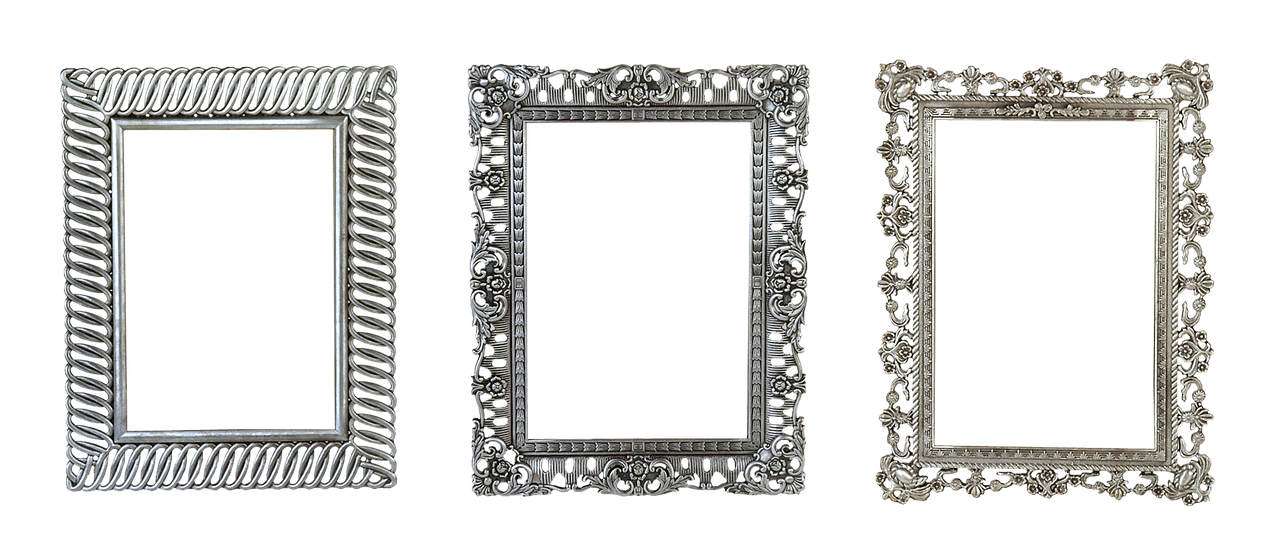
Tips for Successful Upcycling
Upcycling old toys into stunning home decor can be a rewarding adventure, but like any creative endeavor, it comes with its own set of challenges. To help you navigate this crafty journey, here are some essential tips to ensure your projects turn out beautifully. First and foremost, planning is key. Before you even pick up a tool, take a moment to envision what you want to create. Sketching your ideas can help solidify your vision and guide your process. Imagine turning a pile of forgotten toys into a vibrant piece of art that tells a story!
Next, consider the materials you’ll need. Having everything ready before you start will save you time and frustration. Here’s a quick checklist to keep in mind:
- Old toys (of course!)
- Paints and brushes
- Glue (hot glue or wood glue works wonders)
- Scissors or a craft knife
- Sandpaper (for wooden toys)
- Sealant (to protect your finished piece)
Another important tip is to embrace the imperfections. Remember, the beauty of upcycling lies in the charm of the unexpected. A scratched surface or a missing piece can add character to your decor. Don’t shy away from showcasing the toy’s history; instead, let it shine through in your design. Think of it like a vintage dress that tells tales of its past!
When you begin your project, take your time and enjoy the process. Rushing can lead to mistakes, and we all know that a rushed project often leads to regrets. If you find yourself feeling stuck, don’t hesitate to seek inspiration from others. There are countless online communities and social media platforms where fellow upcyclers share their creations. You might just stumble upon that spark of creativity you need!
Lastly, don’t forget to add your personal touch. Whether it’s a splash of your favorite color or a unique arrangement of toys, infusing your personality into the project will make it truly yours. Remember, upcycling isn’t just about creating something new; it’s about telling your story through your decor. So, gather your old toys, unleash your creativity, and transform them into something spectacular!
As you embark on your upcycling journey, you might have some questions. Here are a few frequently asked ones to help guide you:
| Question | Answer |
|---|---|
| What types of toys are best for upcycling? | Plastic and wooden toys are great choices. They are versatile and can be transformed into various decor items. |
| Do I need special tools for upcycling? | Basic crafting tools like glue, scissors, and paint are usually sufficient. More complex projects may require additional tools. |
| Can I sell my upcycled creations? | Absolutely! Many people sell their upcycled items online or at local craft fairs. |
| How do I care for my upcycled decor? | Use a sealant to protect your projects, and clean them gently to maintain their appearance. |
Frequently Asked Questions
- What types of toys are best for upcycling?
When it comes to upcycling, the best toys to use are those that are sturdy and have interesting shapes or colors. Think about plastic toys like action figures, or wooden blocks that can be easily transformed. Keep an eye out for toys that you no longer use but still have a certain charm to them!
- How can I ensure my upcycled decor is safe for my home?
Safety is key! Before starting your project, make sure to clean the toys thoroughly to remove any dirt or germs. If you're using plastic toys, check for any sharp edges after cutting or modifying them. You can also seal your finished pieces with a non-toxic sealant to protect them and make them safe for your home.
- Do I need special tools for upcycling toys?
Not at all! Most upcycling projects can be done with basic tools you probably already have at home. A good pair of scissors, glue, and some paint can go a long way. For more complex projects, you might want to have a craft knife or a drill handy, but you can start simple and build your toolkit as you go!
- Can I upcycle toys with my kids?
Absolutely! Upcycling is a fantastic way to bond with your kids while being creative. Just make sure to supervise them closely, especially when using tools. It's a great opportunity to teach them about recycling and creativity, plus they'll love seeing their old toys transformed into something new!
- What are some easy upcycling projects for beginners?
If you're just starting out, consider simple projects like making a toy wreath or a toy shelf. Both are fun and allow you to express your creativity without needing advanced skills. You can find step-by-step guides online that will help you through the process!
- How can I incorporate upcycled toys into my home decor?
There are countless ways to integrate upcycled toys into your decor! You can use them as wall art, create unique centerpieces, or even use them to personalize your child's room. The key is to let your imagination run wild and think about how the colors and shapes of the toys can enhance your space.
- What should I do with toys that are broken or missing pieces?
Don’t throw them away! Broken toys can still be upcycled into art pieces or functional decor. For example, you can use broken parts to create a mosaic or a quirky sculpture. Missing pieces? Get creative and turn them into something entirely new that doesn’t rely on their original form!



















